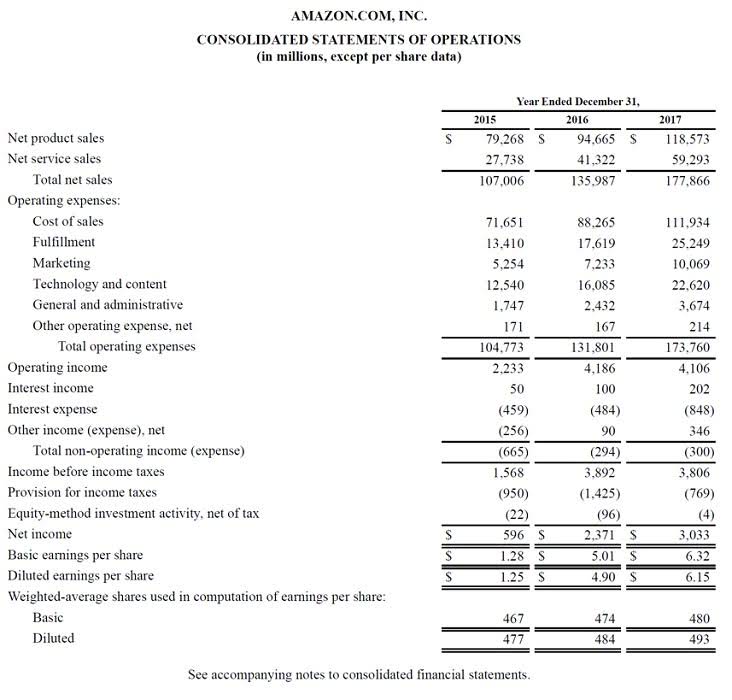
Without trust, there can be a breakdown in communication and lack of trust can ultimately affect buyer and seller willingness to engage in open market transactions. When trust is missing, energy is taken out of the economic systems and unfavorable ethical conditions could cause the collapse of the entire economic system. The ratio of net profit to the number of shares of common stock outstanding; measures the number of dollars earned by each share of stock. The amount which type of accountant records and analyzes financial information for use within a company? obtained by subtracting all of a firm’s expenses from its revenues, when the expenses are more than the revenues.
Automation & Software Solutions in Finance

If you’re a small business owner with limited financial expertise, outsourcing both Accounting Periods and Methods functions can be a smart move. A bookkeeper can handle the day-to-day tasks, while an accountant provides strategic financial guidance. Larger companies with internal accounting staff might only require an external accountant for specialized tasks like audits or tax planning. Microsoft (2007) notes that many different types of people may want to read and analyze financial statements for different reasons. One group that is interested in and that uses financial statements includes credit lenders to small business. Scott (2005) noted that, at the time of his writing, there were over 24 million small businesses, which accounted for over 50% of U.S. private gross domestic product.
Choosing the Right Financial Professional for Your Business
If you primarily need help with tasks like recording transactions, managing business accounts, and reconciling bank statements, a bookkeeper might be the perfect fit. For more complex analysis and strategic financial planning, you’ll likely need the expertise of an real estate cash flow accountant. Assets include cash, accounts receivable, inventory, and any prepaid expenses. Balance sheets also record the property the company owns and any depreciation on its assets. The balance sheet is a two-sided report because it records assets on one side and liabilities on the other. Liabilities include accounts payable and accrued expenses, income tax owed, loans, and stockholders’ equity.

Who Analyzes Financial Statements & Why
In summarizing the outcomes of a company’s financial activities over a specified period of time, financial statements are, in effect, report cards for owners and managers. They show, for example, whether the company did or didn’t make a profit and furnish other information about the firm’s financial condition. They also provide some information that managers and owners can use in order to take corrective action, though reports produced by management accountants offer a much greater level of depth. Balance sheets are important not only to companies but also to investors (Godin, p. 52).
- Because the bakery’s products are perishable, it does not carry large inventories.
- While formal credentials aren’t always required, attention to detail and a commitment to accurate record-keeping are vital.
- Cost accounting focuses on tracking and reporting business costs to find ways to reduce them.
- Implement best practices like regular account reconciliation and consistent use of accounting software.
- Liabilities include accounts payable and accrued expenses, income tax owed, loans, and stockholders’ equity.
- Financial statements are the chief element of the annual report, a yearly document that describes a firm’s financial status.
- Long-term liabilities come due more than one year after the date of the balance sheet.
- They also provide other financial information to assist businesses in managing their expenses, improving their systems and making decisions regarding expansion or new investments.
- It also provides a framework for comparing the financial positions and financial performances of different firms.
- Features like automated bank feeds, invoice generation, and financial reporting save time and minimize errors.
- The accounting equation must always be in balance (that is, the total of the elements on one side of the equals sign must equal the total on the other side).
You may have at least a little cash on you right now—some currency, or paper money, and coins. In accounting, however, the term cash refers to more than just paper money and coins. It also refers to the money that you have in checking and savings accounts and includes items that you can deposit in these accounts, such as money orders and different types of checks. The three main types of accounting are management accounting, tax accounting, and financial accounting. Fund accountants also have tax knowledge to ensure business tax compliance and investigate fraud to ensure investments are safe. In this post, we’ll go over the different accounting types to help you understand which types of accountants your business might need.



